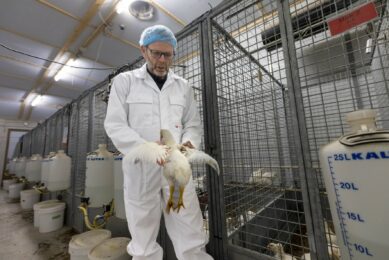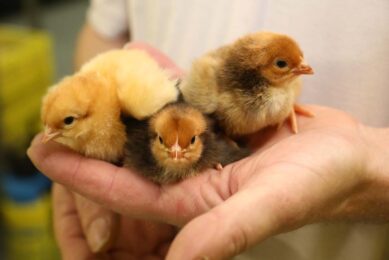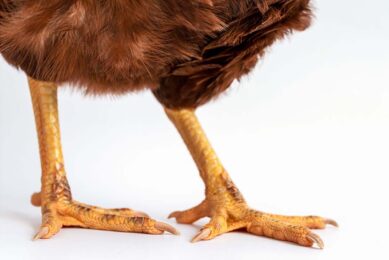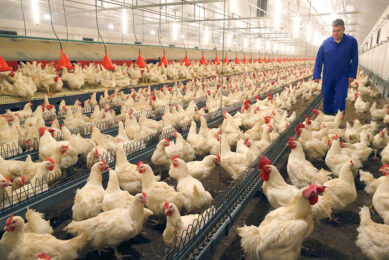Keeping broiler breeder males active and in shape
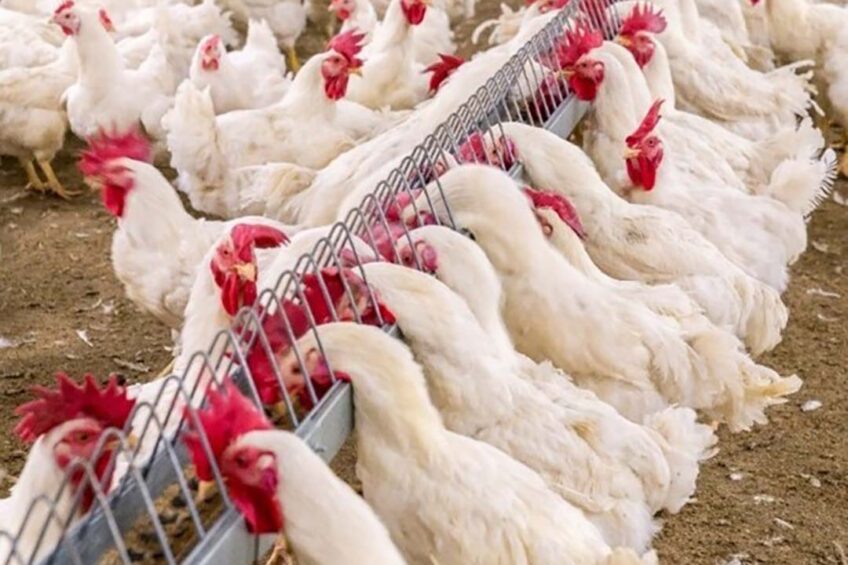
Various factors influence the performance of broiler breeders, but one key to success for ideal production is to ensure good fertility with weights controlled and adapted to the standard of each breed.
Today’s broiler breeders are very demanding in terms of feeding. Small feeding mistakes can lead to reduced performance (fertilisation rate, sperm quality, laying performance, deficiency symptoms), especially over long periods.
To ensure standard weight, the daily feed amount must be evenly and correctly distributed by the automatic feeding system throughout the production period of broiler breeder males and females. Separate-sex feeding is an absolute must in this field to ensure performance of both genders.
Attention to details
In practice, broiler breeder males are sometimes managed less carefully than females. However, since 50% of the genetic potential of a broiler chick is attributable to a breeder male, at least equal attention must be paid to both males and females in breeding flocks.
The feeding system needs to match the requirements of broiler breeder males, and aging males, in particular, need to stay healthy and active and be able to complete mating during the whole production phase of at least 62 weeks. Adequate feeding systems and optimal male management programmes are therefore essential to keep males in a suitable body condition throughout the whole production time.
In practice, chain feeding systems for females with a speed of 36 metres per minute have been shown to achieve a uniform and fast distribution of feed with well-performing hens. These positive effects can now also be used for male feeding and the risk of feeding mistakes with low-performing and non-uniform males are reduced.
Farmer’s bottom line
Body weight that is above or below the prescribed standard weight curve of breeding companies can have a negative impact on fertility and ultimately on the number of saleable chicks per hen, and thus on the individual farmer’s bottom line. The various breeds on the market have fixed values in relation to body weight and feed amount per age and gender.
Optimal standard body weights are achieved more easily with a chain feeding system because each male receives the ideal amount of feed, which results in less stress and an adapted performance. Creating a consistent environment is the key to maximising fertility and can be more easily achieved with a chain feeding system for both genders.
References available upon request.




